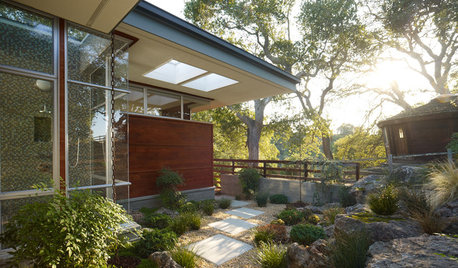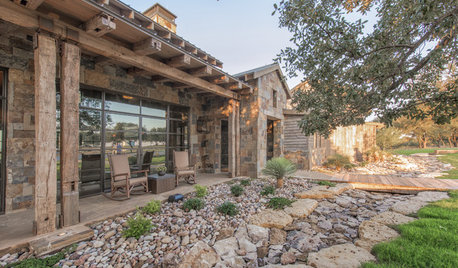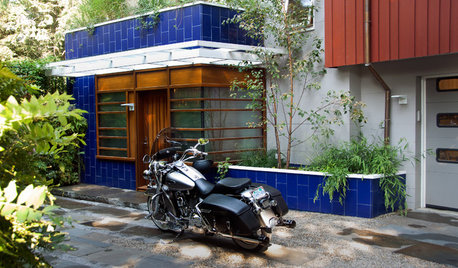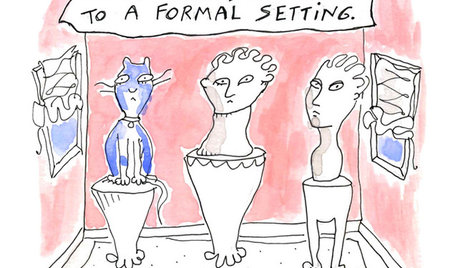Help with stormwater creek bed in back yard
briggins1014
13 years ago
Featured Answer
Sort by:Oldest
Comments (12)
frankielynnsie
13 years agomissingtheobvious
13 years agoRelated Professionals
Winder Landscape Architects & Landscape Designers · Allentown Landscape Contractors · Aberdeen Landscape Contractors · Centereach Landscape Contractors · Clearlake Landscape Contractors · Coram Landscape Contractors · Edwardsville Landscape Contractors · Ridgewood Landscape Contractors · Vacaville Landscape Contractors · View Park-Windsor Hills Landscape Contractors · Wickliffe Landscape Contractors · Yuba City Landscape Contractors · Algonquin Decks, Patios & Outdoor Enclosures · New York City Decks, Patios & Outdoor Enclosures · Genesee Stone, Pavers & Concretesquirejohn zone4 VT
13 years agolaag
13 years agonandina
13 years agobriggins1014
13 years agotanowicki
13 years agobriggins1014
13 years agolyvia
13 years agoin ny zone5
13 years agoelementalgardener
12 years ago
Related Stories

LANDSCAPE DESIGNSoak It Up: How to Manage Stormwater in Your Landscape
Permeable paving, gravel beds and planted areas in your yard can absorb and cleanse stormwater runoff. Here's how it works
Full Story
LANDSCAPE DESIGNLandscaping Tricks to Manage Stormwater Runoff
Help rainwater absorb slowly back into the earth with paving grids, gravel beds and other porous systems
Full Story
LANDSCAPE DESIGNEasy Ways to Manage Stormwater for Lower Bills and a Healthier Earth
Send cleaner runoff into local waterways and spend less on yard irrigation with these simple landscaping approaches
Full Story
LANDSCAPE DESIGNTo Manage Stormwater Sustainably, Understand Your Site
Follow this guide to learn how water moves through your landscape and how best to manage it
Full Story
SAVING WATERStormwater Planters Manage Runoff in Small Gardens
Think of stormwater planters as container rain gardens
Full Story
LANDSCAPE DESIGNDitch the Ordinary Ditch: Create a Realistic Dry Creek Bed
Here’s how to turn your water runoff system into an eye-catching accent for your landscape
Full Story
FARM YOUR YARDThe 8 Tools That Help Bring the Farm to Your Table
Vegetable gardeners get a big assist from these essential helpers
Full Story
LANDSCAPE DESIGNNative Plants Help You Find Your Garden Style
Imagine the garden of your dreams designed with plants indigenous to your region
Full Story
MOST POPULAR7 Ways Cats Help You Decorate
Furry felines add to our decor in so many ways. These just scratch the surface
Full Story
PETS6 Ways to Help Your Dog and Landscape Play Nicely Together
Keep your prized plantings intact and your dog happy too, with this wisdom from an expert gardener and dog guardian
Full StorySponsored
More Discussions









lpinkmountain